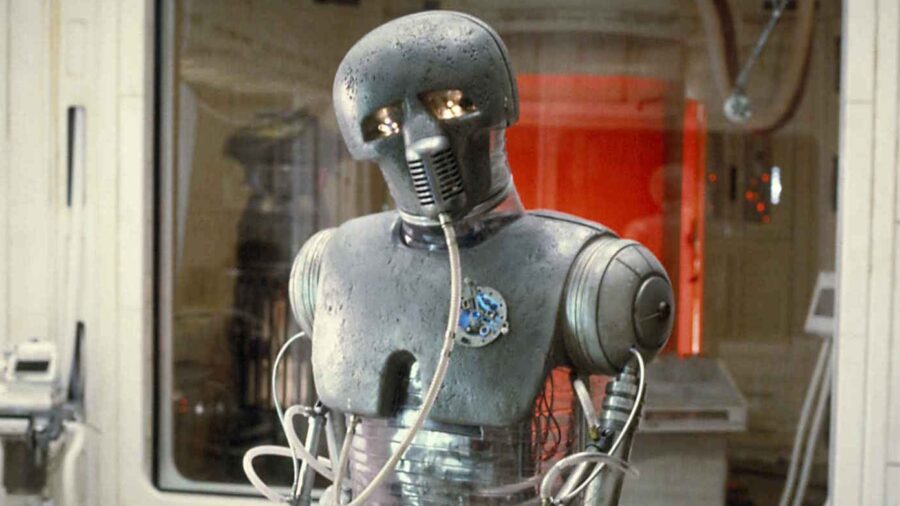NASA Developing A Robot To Perform Surgeries In Space
Robot surgery is becoming increasingly common, and now technology is taking it to the next level: robot surgery in space.

We have all dreamed of what it will be like to travel in space. Many of us wondered how the earth would look above, safe from the everyday dangers and the mundane. As our technological advancements continue to develop and we are no longer bound to what our ancestors lived by, we are continuing to find ways to break away from the mundane and experiment more. One new development that demonstrates this is the ability to perform robot surgery in space. According to The Byte, a remote-controlled robot named Mira (short for Miniaturized In-Vivo Robotic Assistance) will be making its debut aboard the International Space Station sometime in 2024. The most exciting aspect is that scientists are looking at how this robot can perform surgeries on astronauts.
Robot surgery is in response to the absence of a human surgeon in orbit. For decades, astronauts relied solely on their expertise or a specialist on the ground to help them deal with accidental injuries. Take what happened in 2020 when a six-month mission on the ISS resulted in an astronaut getting a blood clot. The clot was found as part of the study assessing the effect of microgravity in the veins. While the unnamed astronaut was able to perform an ultrasound with the help of a specialist on the ground and was instructed to take injections, it did require some time and communication. Thankfully, the astronaut returned to earth, and the clot disappeared within 24 hours.
One of the potential benefits of robot surgery is that the procedure could happen more quickly without the person in space having to communicate with someone on the ground. Mira will also be remote controlled by someone on earth, so the person in space won’t be entirely left to their own expertise. During its upcoming 2024 test, the robot will perform precise surgical motions on inanimate objects to work under low gravity conditions. The test will hopefully prove that Mira can work efficiently under such conditions and can help streamline the surgical process for those in space.
This isn’t the first time humans have used robots to perform surgical tasks; it definitely won’t be the last. Experts believe that robot surgery will grow within the next five years. Robots have already been helping hospitals with many tasks, including delivering medicine to patients, working alongside experienced surgeons, and carrying out meticulous jobs that are harder to do with human hands. However, one of the drawbacks to robot surgery is that a single robot can cost upwards of $1 million. Johnson & Johnson and Alphabet Inc’s life science units have been said to be in the development of smaller and cheaper robots that can assist with surgical procedures. Still, with the cost being upwards of $1 million, one has to wonder how many of these will be added to the budget.
As of now, the capabilities of Mira could set the tone for surgical procedures done on earth with the help of robots. While robot surgery has drawbacks, and many people just won’t trust their health to be in the hands of robots, the potential is difficult to ignore. The test in 2024 could be the next step in our development of performing safe and efficient surgery for everyone in need, including those who are floating in space.












